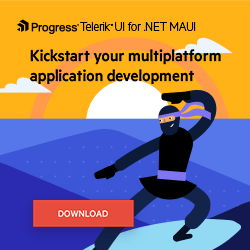Sands of MAUI: Issue #181

Welcome to the Sands of MAUI—newsletter-style issues dedicated to bringing together the latest .NET MAUI content relevant to developers.
A particle of sand—tiny and innocuous. But put a lot of sand particles together and we have something big—a force to reckon with. It is the smallest grains of sand that often add up to form massive beaches, dunes and deserts.
.NET developers are excited with the reality of .NET Multi-platform App UI (.NET MAUI)—the evolution of modern .NET cross-platform developer technology stack. With stable tooling and a rich ecosystem, .NET MAUI empowers developers to build native cross-platform apps for mobile/desktop from single shared codebase, while inviting web technologies in the mix.
While it may take a long flight to reach the sands of MAUI island, developer excitement around .NET MAUI is quite palpable with all the created content. Like the grains of sand, every piece of news/article/documentation/video/tutorial/livestream contributes toward developer experiences in .NET MAUI and we grow a community/ecosystem willing to learn and help.
Sands of MAUI is a humble attempt to collect all the .NET MAUI awesomeness in one place. Here’s what is noteworthy for the week of March 31, 2025:
Model Context Protocol
It is the age of AI—there is a huge opportunity for .NET developers to infuse apps with solutions powered by generative AI and large/small language models. One of the challenges with modern AI, however, is providing context to AI models. What do we need to do to surface our info through AI large language models (LLMs)? AI model training can often be a black box and RAG solutions can be hard to scale. Many believe the answer is MCP—say hello to Model Context Protocol.
MCP an open industry protocol that standardizes how applications provide context to AI LLMs. Developers can think of it as a common language for information exchange between AI models. Developed by Anthropic, MCP aims to provide a standardized way to connect AI models to different data sources, tools and non-public information. Need product information and documentation to be surfaced through LLMs? The pitch is to host an API through an MCP server and force LLM responses to be grounded.
While early days, there is plenty of excitement in big tech around MCP. With solid docs and a stable specification, MCP can play a big role in standardizing information exchange between AI models and various data sources for grounded AI responses.
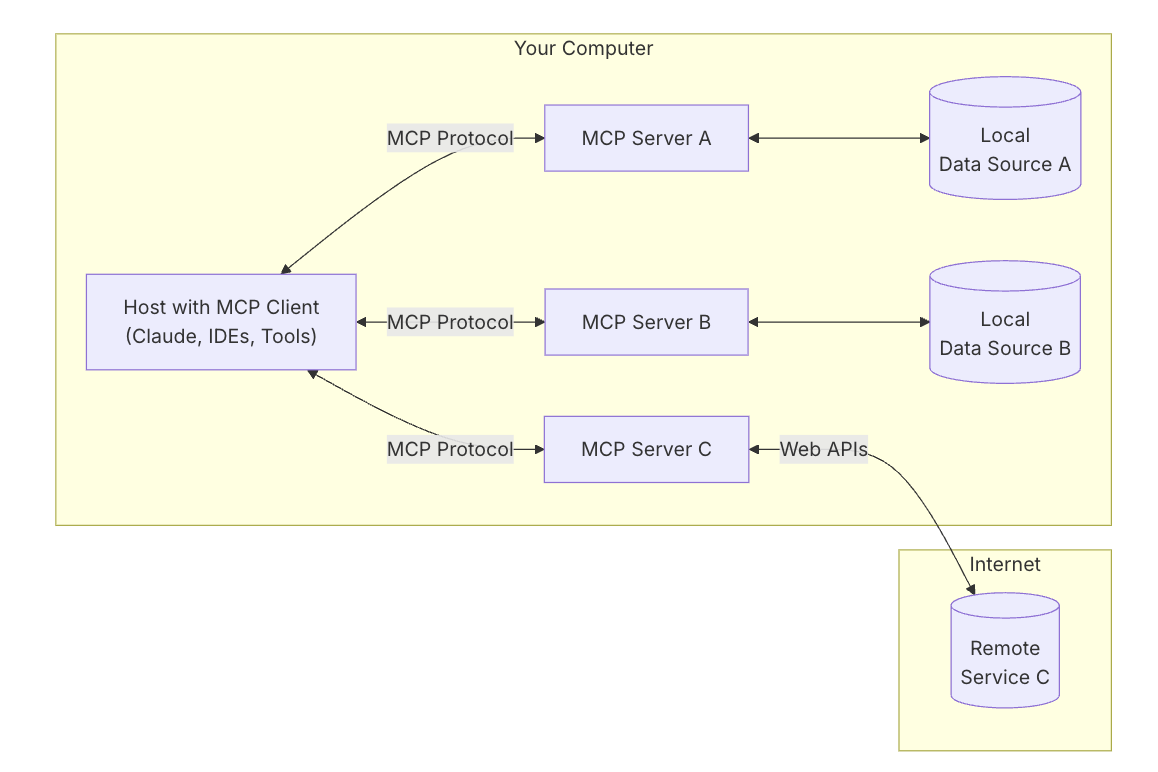
.NET MAUI TitleBar
.NET MAUI is the evolution of modern .NET cross-platform development stack, allowing developers to reach mobile and desktop form factors from a single shared codebase. The more customizations developers have, the better chances of adapting modern app UI toward those unique user experiences—apps need to have personalities too. Modern cross-platform app development stacks are happy to oblige, and Leomaris Reyes wrote up a nice article—exploring the Windows TitleBar with .NET MAUI.
The TitleBar is the horizontal bar located at the top of Windows apps. It serves as the window’s header and is easily recognizable with the buttons to close/minimize/maximize the window. While a Windows-only feature, .NET MAUI offers extensive ways to customize the TitleBar for those unique app look and feel.
Leomaris starts with the anatomy of a TitleBar, and goes on to explore all the properties while creating a TitleBar. With custom content and various visual states, .NET MAUI developers have all the APIs to customize the Windows TitleBar to their heart’s content. Hopefully, the feature comes to macOS in the near future.

Copilot Experience
.NET MAUI is built to enable .NET developers to create cross-platform apps for Android, iOS, macOS and Windows, with deep platform integrations, native UI and hybrid web experiences. Modern AI is also an opportunity to streamline and automate developer workflows for better productivity. .NET MAUI developers can surely benefit from all the AI advancements. GitHub Copilot is already one of the most popular and productive coding assistants for developers—an AI pair programmer that helps developers write better code. There are documented ways to customize the Copilot developer experience—say hello to opportunities with tips and tricks for GitHub Copilot in VS Code.
GitHub Copilot continues to be a leading AI coding assistant. The popular AI pair programmer is surfaced across multiple developers tools like Visual Studio, VS Code and Codespaces. However, as the VS Code team points out, developers do not need to accept the default way GitHub Copilot works—there are lots of ways to customize the Copilot experience.
For starters, AI models are not created equal and vary in what they’re good at—developers can choose models accordingly for code completions/chat/edits/reasoning. Copilot responses can be grounded and forced to follow some patterns—instruction files and prompt customizations can guide code suggestions that match development styles and coding practices. Workspace context allows for indexed local files and dependencies can be looked up through MCP contexts. One can see the additional value Copilot Extensibility can provide if customized correctly. AI developer tools are slowly transforming from pair to peer programmer—context will be key as we look ahead at Agentic workflows.
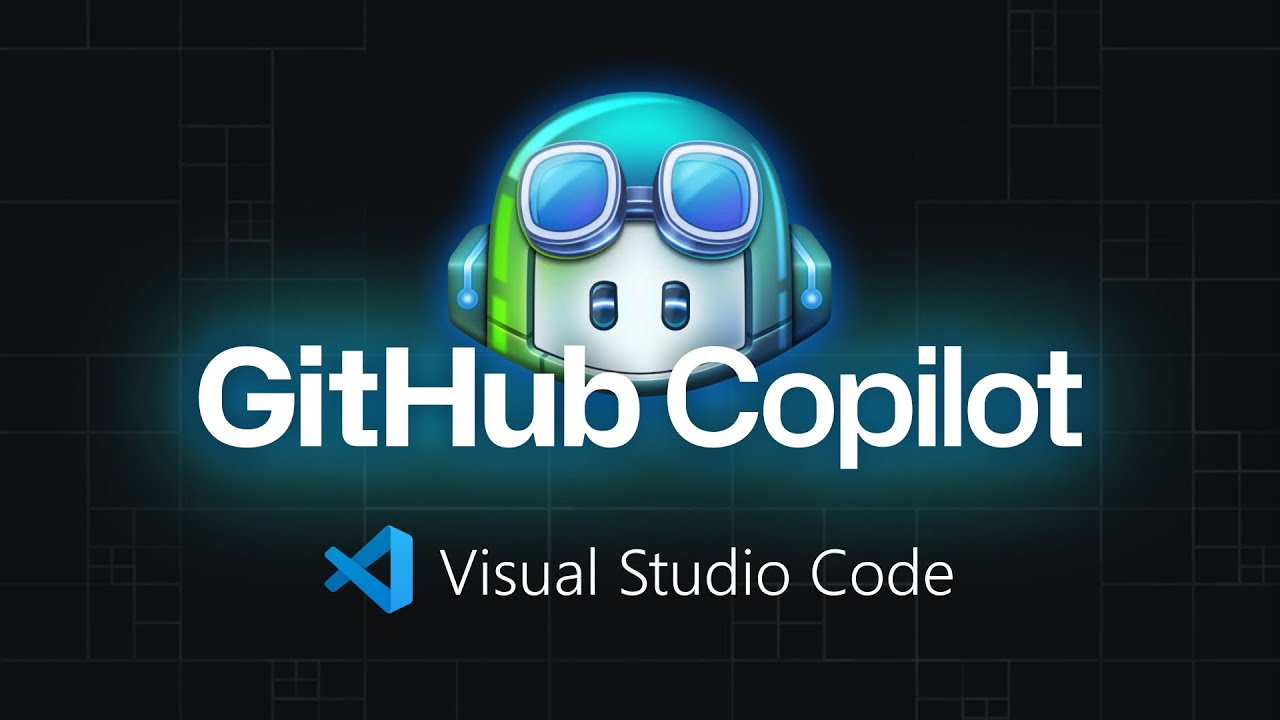
Blazor Error Handling
While .NET MAUI is squarely meant for developers to build native mobile/desktop apps, armed with modern smart WebViews, .NET MAUI is more than capable of welcoming web content to native land. In fact, Blazor/JavaScript developers should feel empowered to bring web UI components, routing, styling and more to native cross-platform .NET MAUI apps, while gaining complete native platform API access. As web content increasingly powers native experiences on mobile/desktop, developers have to know how to manage errors and handle exceptions—lot of the same challenges and workarounds from web world work in .NET MAUI Blazor Hybrid apps as well. It helps to understand Blazor basics, and Claudio Bernasconi wrote up a nice article—handling errors and exception logging in Blazor apps.
Like in other modern web development frameworks, Blazor developers need to understand the various types of errors that might happen in an app—runtime, validation, configuration and unexpected ones. The default C# try-catch mechanism allows for writing defensive code—developers also have fine grained control over how and where the errors show up.
Claudio dives into error boundaries that allow developers control over how errors/exceptions travel up the UI component hierarchy—there are also styling options with CSS to display app errors. Error boundaries with context/error content can also be forgiving, allowing the app to be functional and navigating away from the error location. Blazor apps also benefit from the standard ILogger interface for logging exception. The bottom line is Blazor and Blazor Hybrid developers will do well understanding some best practices around error/exception management towards robust app experiences. Thanks, Claudio, for the writeup.
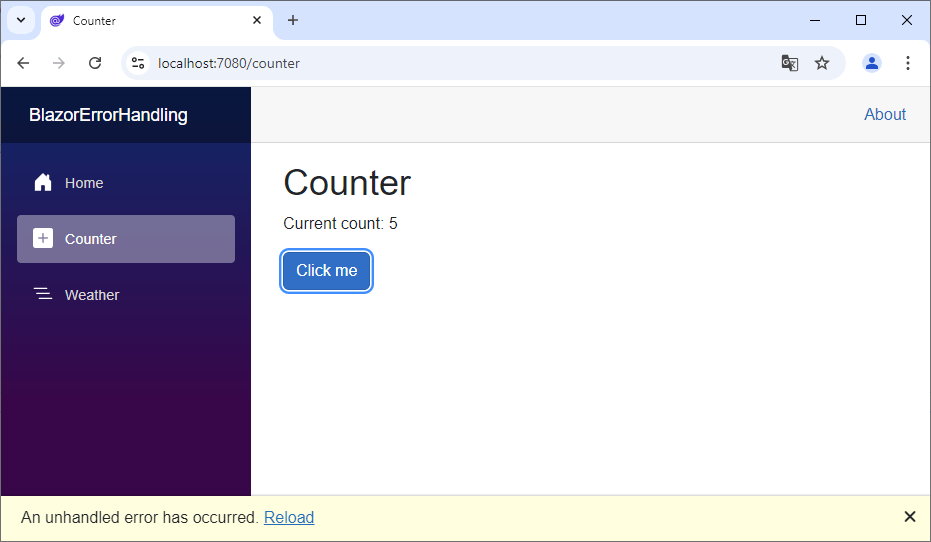
.NET Conf
Modern .NET is powerful, open-source, cross-platform and welcoming to all, with mature tooling accompanied by rich ecosystems. With .NET settled into an annual update cadence, modernization is top of mind for many folks—moving apps to modern .NET means big benefits for runtime, performance, tooling and more. However, few can afford to throw away existing apps and rebuild from scratch. The goal is to carry investments forward and modernize in baby step. The next .NET Conf should help—enter .NET Conf Focus on Modernization.
Staying ahead demands strategic approaches to keep up with a fast-evolving technology environment. Modernizing .NET apps has never been more important and involves technical upgrades, cloud migration, and modernizing people, processes and skills.
While .NET Conf is all about new .NET each November, Focus events through the year shed light on other aspects of the ecosystem. The next .NET Conf Focus event doubles down on app modernization. The goal is to bring the realities of modern AI/Cloud Native/Tooling updates to existing .NET apps. The two-day .NET Conf Focus event will feature live sessions with speakers from the .NET community and Microsoft—definitely worth tuning in to move .NET apps forward.
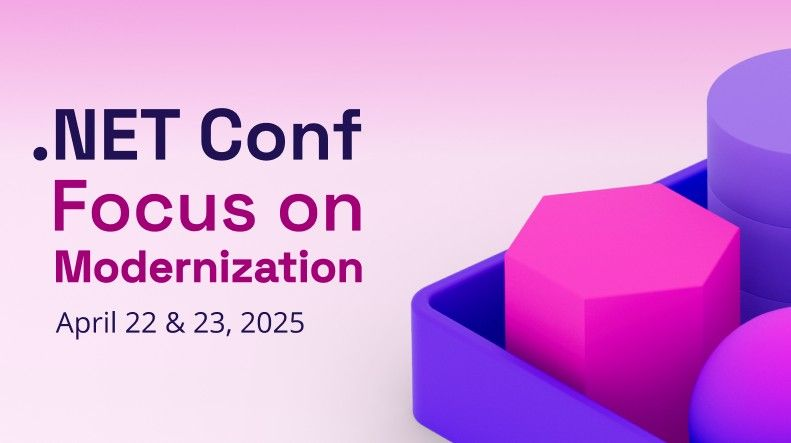
That’s it for now.
We’ll see you next week with more awesome content relevant to .NET MAUI.
Cheers, developers!

Sam Basu
Sam Basu is a technologist, author, speaker, Microsoft MVP and gadget lover. With a long developer background, he also worked as a Developer Advocacy Manager for advocating modern web/mobile/cloud development platforms on Microsoft/Telerik/Kendo UI technology stacks. His spare times call for travel, fast cars, cricket and culinary adventures with the family.

